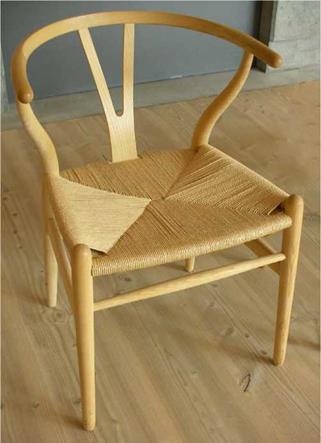 |
 |
Universal design attempts to meet the needs of people of all ages, abilities, and cognitive skills. Set forth as a concept by Ron Mace of the Center for Universal Design at North Carolina State University in 1990, universal design focuses on the "range of abilities" rather than the "limit of disabilities" (Figure 6.41). Universal design strives to accommodate the greatest range of users (8-80 years of age) and abilities (wheelchair users, arthritic users, blind
|
Figure 6.41 Universal design—left – or right-handed Whale mouse, manufactured by Humanscale. Photography, courtesy of Humanscale. |
and deaf users, etc.), regardless of the user’s height, weight, or health. Universal design is an inclusive notion that seeks to eliminate barriers relative to use and social function.10
Adjustability and size transformation are strategies used to address the challenge of designing for all people. However, design that responds to a wide range of users without transformation or adjustment reveals inherent qualities of universal design.
Examples of universal design of furniture include:
■ Desks that are designed for left – and right-handed users
■ Desks and tables that have adjustable height work surfaces
■ Mobile desks and pedestals to rearrange the work space for personal needs
■ Writing tablets for both left – and right-handed users
■ Tables that accommodate all users, if only for limited tasks
■ Chairs that consider access and egress as well as ergonomic qualities
■ Shelving that accommodates wheelchair users
■ Case goods that can be opened and accessed by blind individuals
■ Cabinets that can be utilized by individuals with arthritis




